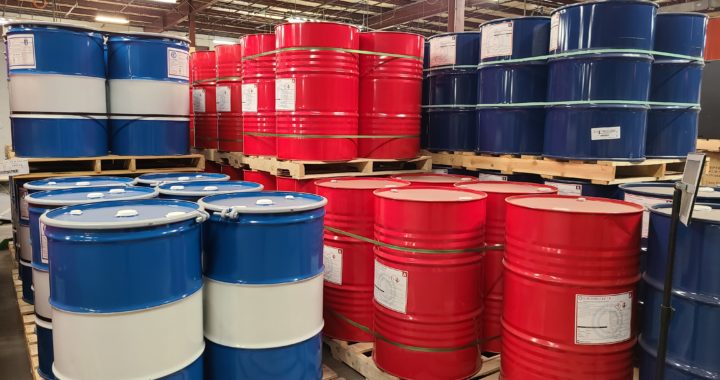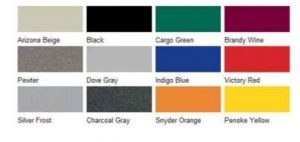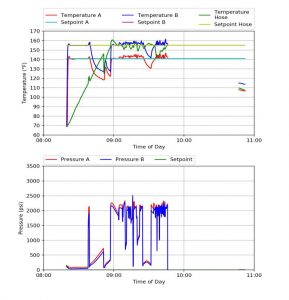HFC stands for hydrofluorocarbon, and is a mix of hydrogen, fluorine, and carbon atoms. There are some issues with HFCs, which have led to many companies transitioning to HFOs. When you compare HFO vs. HFC, and realize the benefits of HFOs, you’ll learn how to avoid the dangers of HFCs and keep your operations compliant.
At SprayWorks Equipment, we are proud to offer an HFO foam, an environmentally friendly alternative to the regular closed-cell spray foam. With over 100 years of experience, we are ready to provide you with cost-efficient and reliable solutions like these.
Continue reading→


 Having the right transfer pump for your material is important for success. Not all pumps are the same.
Having the right transfer pump for your material is important for success. Not all pumps are the same. 







